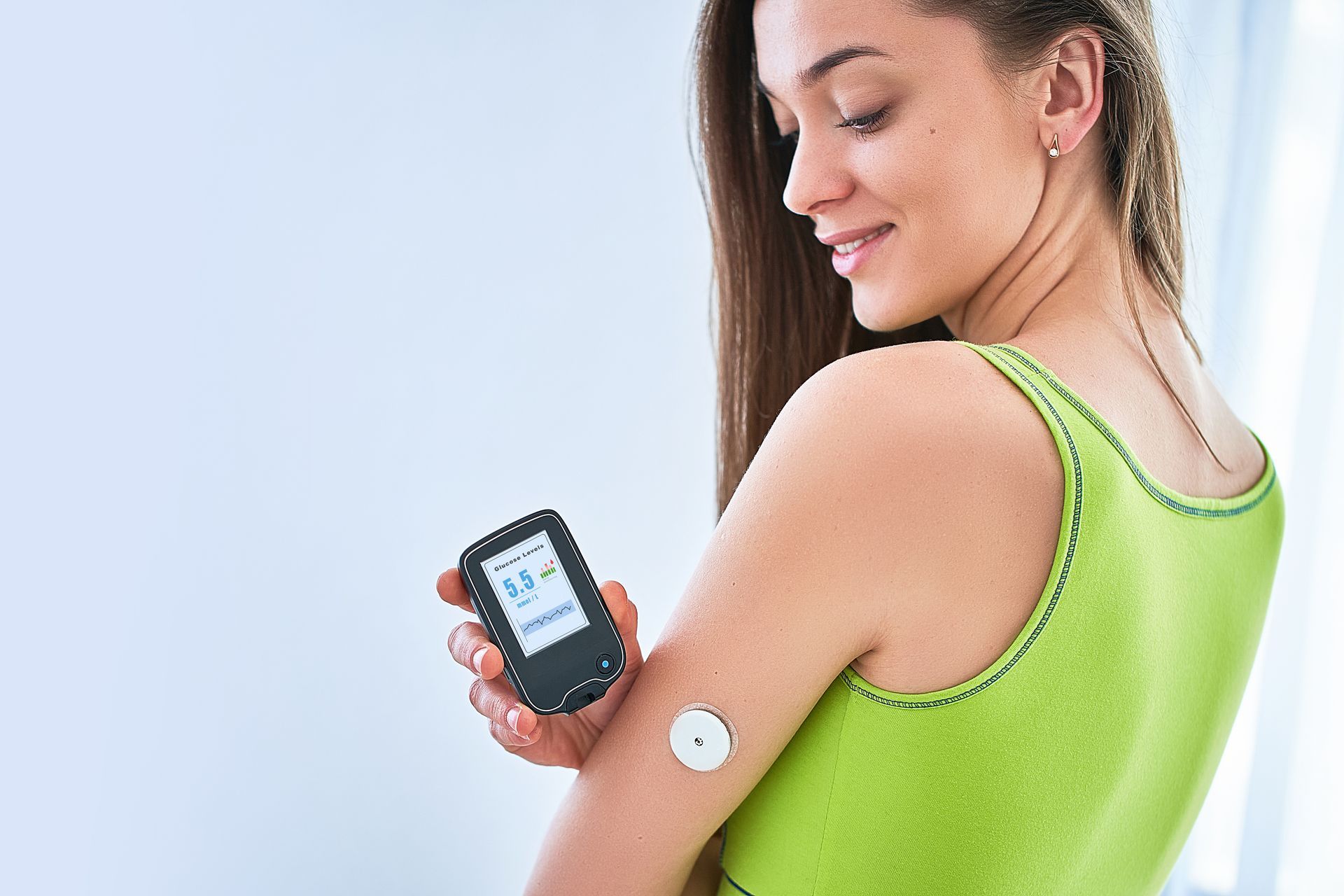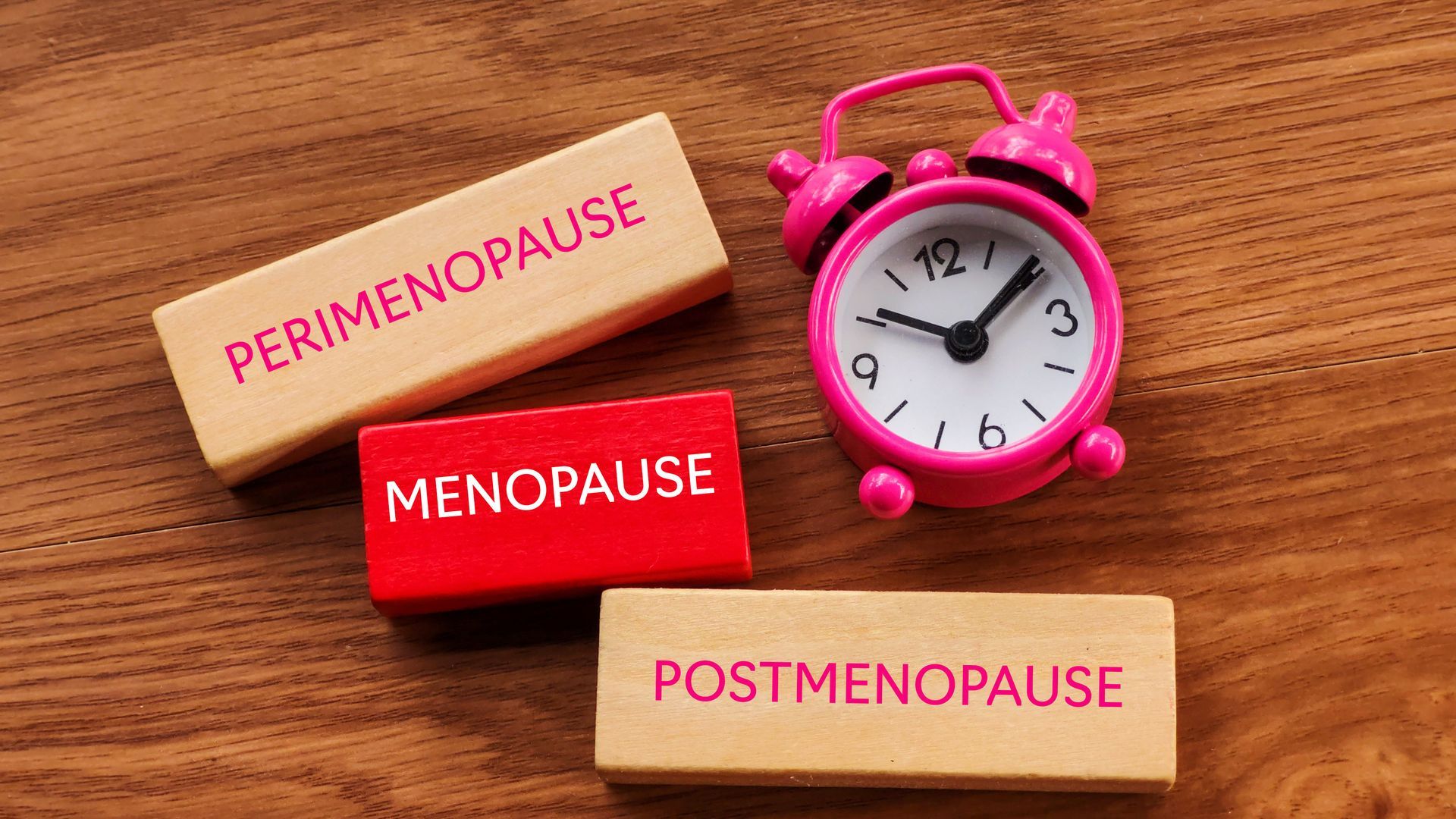Recent Posts
What to Expect During an Imaging Appointment

Medical imaging is one of the most powerful tools doctors use to diagnose and monitor health conditions. Yet for many patients, the idea of having an imaging test can feel intimidating. What will happen? Will it hurt? How long will it take?
General Tips for Any Imaging Appointment
- Arrive early: This allows time for check-in, paperwork and changing clothes if needed.
- Wear comfortable clothing: You may be asked to change into a gown, but loose-fitting clothes without metal (zippers, buttons, jewelry) are often recommended.
- Bring your insurance card and ID: Standard for all appointments.
- Ask questions: Imaging staff are trained to guide you through each step. Don’t hesitate to speak up if you’re uncomfortable or have questions. Knowing more may help alleviate your anxiety.
CT Scan
A CT scan (computed tomography) uses multiple X-ray images and computer processing to create detailed cross-sectional views of your body. It’s often used to evaluate internal organs, blood vessels and bones.
What to Expect:
- In some cases, you’ll receive a contrast dye by IV or orally to help highlight structures.
- You’ll lie on a narrow table that slides into a donut-shaped scanner.
- You may be asked to hold your breath briefly to reduce motion blur.
- The machine takes multiple images from different angles. You may hear buzzing or whirring noises.
- The scan is painless and typically lasts 10–30 minutes. Most CT scans are quick, and the opening of the machine is wide and not as confining as an MRI.
DEXA Scan
A DEXA scan (dual-energy X-ray absorptiometry) measures bone density. It’s the most accurate way to diagnose osteoporosis and assess fracture risk.
What to Expect:
- You’ll lie flat on a padded table while a low-dose X-ray scanner passes over your hips and spine.
- There’s no pain, no injections and no need to remove clothing unless it contains metal fasteners or zippers.
- The scan takes about 10–15 minutes, and radiation exposure is less than a standard chest X-ray. This is one of the easiest imaging tests, as there’s no noise, no enclosed spaces and no contrast dye.
Ultrasound
An ultrasound uses sound waves instead of radiation to create images. It’s commonly used for pregnancy, but also for evaluating organs, blood flow and soft tissue structures.
What to Expect:
- In some cases, you may need to drink water beforehand or refrain from eating, depending on the area being imaged.
- You’ll lie on an exam table while a technician applies a warm gel to the area being examined.
- A handheld probe (transducer) glides over your skin, sending images to a monitor.
- Most ultrasounds are painless and last 20–45 minutes. Ultrasounds are noninvasive and child-friendly, with no needles or radiation involved.
Mammography
A mammogram uses low-dose X-rays to screen for breast changes, including early signs of cancer. It’s recommended routinely for women over 40, though schedules may vary based on risk factors.
What to Expect:
- You’ll undress from the waist up and wear a gown.
- A technologist will position each breast on a flat plate and gently compress it with another plate to spread tissue evenly.
- Compression lasts only a few seconds per image and helps create clearer pictures with less radiation.
- The exam usually takes 15–20 minutes total, and discomfort is usually brief. Scheduling your mammogram a week after your menstrual cycle can minimize sensitivity.
X-ray
The X-ray is the oldest and most common imaging test, used to evaluate bones, lungs and other structures.
What to Expect:
- You’ll stand or lie in a specific position depending on the body part being imaged.
- You may be asked to hold your breath for a second to get a clear picture.
- X-rays are quick, painless and widely used, even for children. The process usually takes less than 10 minutes. Radiation exposure is minimal and carefully regulated.
Reducing Anxiety Before and During Imaging
- Ask staff to explain the process step by step before it begins.
- Practice slow breathing to calm your nervous system.
- Some facilities allow a friend or family member to accompany you, depending on the test.
- Focus on how the imaging test will help you get answers and move forward with your health.
Get Compassionate, Accurate and Fast Medical Imaging Care at Our Houston Health Centers
At St. Hope Healthcare, we believe knowledge is power and comfort. Our caring staff takes the time to explain every imaging test, answer questions and guide you through the process with compassion. Whether you need a routine screening or a diagnostic evaluation, we’re here to make your experience as stress-free as possible.
Get in touch with St. Hope Healthcare today by calling (713) 778-1300.









